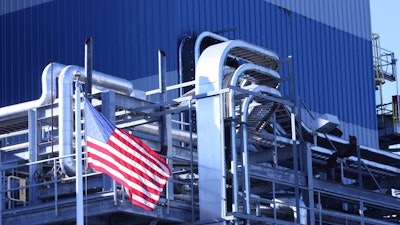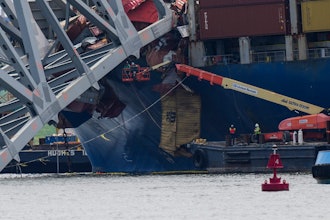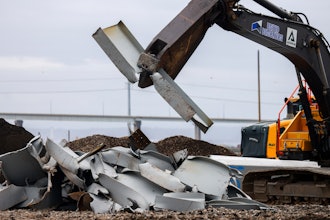
History repeats itself. The 2001 and 2008 economic crises were proof that discrete manufacturers who bet on digitization and modernization were the most resilient, winning their investment many times over. Such savvy companies used shaky economic times to position themselves for new business and had the best chance at fast and profitable recovery.
The key lesson for manufacturers: Every crisis presents an opportunity.
Fast forward to today, the pandemic gives manufacturers yet another chance at reinvention. Sure COVID-19 has wreaked havoc with the supply chain but the landscape this time is even more favorable for a reboot. For one thing, repatriation is making a comeback.
Stung by the fragility of the global supply chain, American industry is looking back at sourcing local to increase market resilience. Consequently, demand is increasing in most machining sectors, and the near and long-term forecast looks rosy. Second, the level of government stimulus makes now the perfect time for investment in new ways of doing business.
The lockdown imposed during the pandemic highlighted the constraints traditionally present in manufacturing: You have to have people present on the plant floor to produce anything. Communication about routine processes is non-standardized and piecemeal at best, resting with a few machine-whisperers who were not readily accessible during lockdown. It is not always easy to tell if production quotas for a day have been met and what the stumbling blocks are, if any.
Each one of these inefficiencies presents an opportunity — to try new processes, to shake off the old ways of doing business.
Take for example, the necessity of remote monitoring during the pandemic. It makes the case for reliance on data that can act like the canary in the coal mine informing managers about when processes are going awry. Reliance on data to predict final outcomes of the day’s processes democraticizes specialty knowledge about the machines, away from the select few, to all workers. When only a few machinists can be allowed on the plant floor, data fills in the gaps.
Now is the time for manufacturers to invest in the future. It’s time to take a close look at inefficiencies and invest in digitization processes that will eliminate them. Indeed savvy businesses are making strategic investments in modern inspection equipment and machines with better cycle times. Manufacturers are also investing in new and transparent ways of reading the tea leaves of production data. Such methods lead to centralized information that is easily amenable to analytics.
Far-sighted and visionary manufacturers today have read the writing on the wall, seen the inefficiencies laid bare by the pandemic, and are grabbing the opportunity by the horns. The good news is that businesses can invest in eliminating inefficiencies no matter how digitally mature they already are.
Repatriation is making a comeback, so the time to act is now. Even incremental improvements in business processes can yield rich dividends down the line. The key is to continually move toward a goal of data-driven production.
Manufacturers can — and should — build the factory of the future now or forever risk lagging behind the competition. History does repeat itself.
Greg McHale is the Founder and CTO of Datanomix, which he founded on the premise that the 4th industrial revolution would require turnkey products that integrate seamlessly with how manufacturers work today.






















